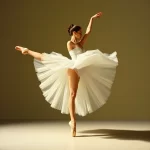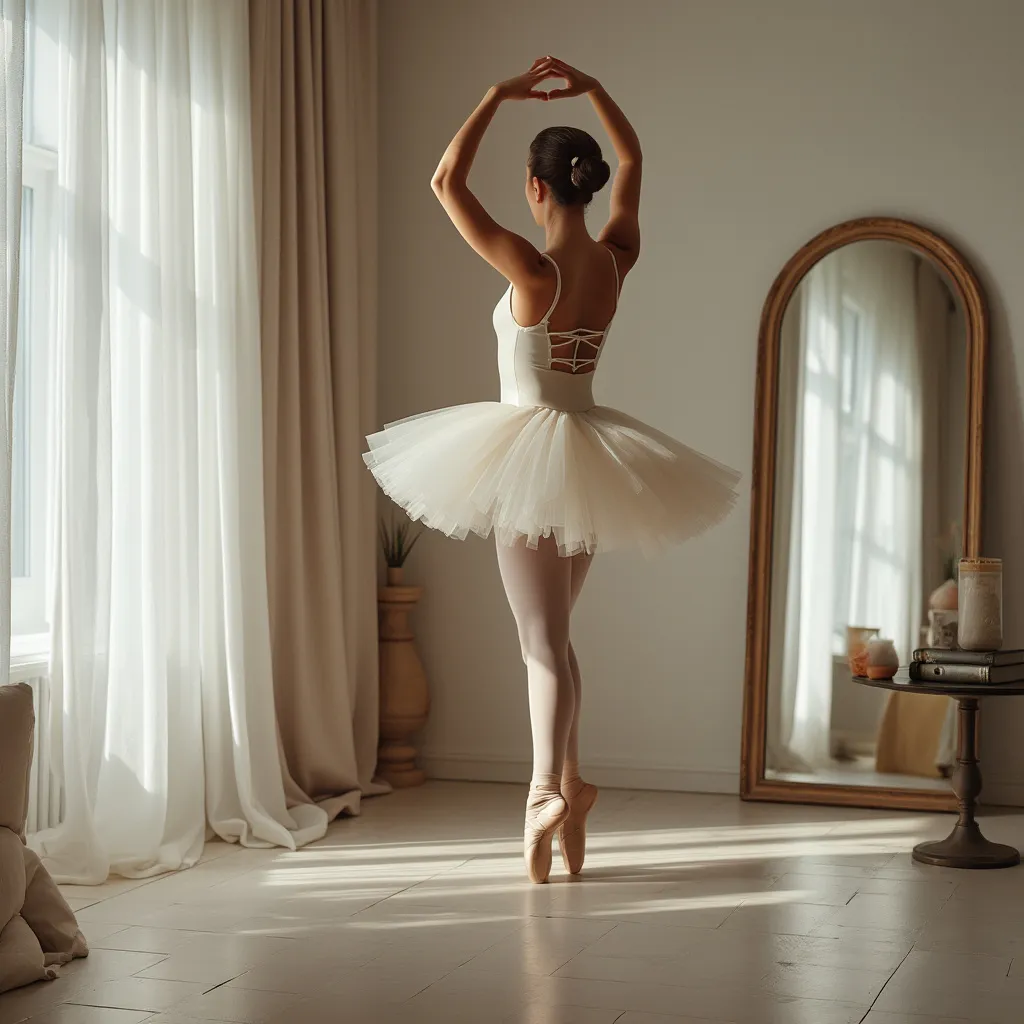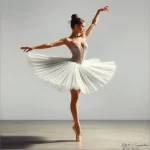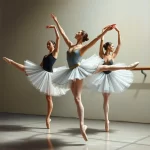The Evolution of Turns in Ballet History

Introduction
Ballet, a classical dance form that originated during the Italian Renaissance, has evolved significantly over the centuries. One of the most captivating aspects of ballet is the execution of turns, which require a combination of strength, balance, and grace. The evolution of turns in ballet history is a fascinating journey that reflects broader changes in the art form itself. This article delves into the historical development of turns in ballet, examining how they have transformed from simple rotations to complex, gravity-defying feats.
The Early Days: Renaissance and Baroque Ballet
Origins of Ballet
Ballet began in the courts of Renaissance Italy and later flourished in France under the patronage of King Louis XIV. Early ballet was more of a courtly dance, focusing on intricate footwork and elegant poses rather than the athleticism we associate with ballet today. Turns were relatively simple, often consisting of single rotations performed with a flat foot.
Baroque Innovations
During the Baroque period, ballet started to incorporate more elaborate movements. The introduction of the pirouette (a turn on one leg) marked a significant advancement. Dancers began to rise onto the balls of their feet, or demi-pointe, to execute these turns, adding an element of elevation and grace. However, the technique was still in its infancy, and multiple rotations were rare.
The Romantic Era: Elevation and Expression
Technical Advancements
The Romantic era of the 19th century brought significant technical advancements to ballet. The development of the pointe shoe allowed dancers to rise fully onto the tips of their toes, or en pointe, providing greater stability and enabling more complex turns. The pirouette evolved, and dancers began to perform multiple rotations with increased precision.
Expressive Turns
Romantic ballet also emphasized emotional expression and storytelling. Choreographers like Marius Petipa and Jules Perrot incorporated turns that not only showcased technical prowess but also conveyed the narrative and emotional depth of the performance. The fouetté turn, for example, became a dramatic highlight in many ballets, combining rapid rotations with expressive arm and leg movements.
The Classical Period: Precision and Virtuosity
Russian Influence
The late 19th and early 20th centuries saw the rise of Russian ballet, which brought a new level of precision and virtuosity to the art form. The Imperial Ballet School in St. Petersburg, under the direction of Marius Petipa and later Agrippina Vaganova, emphasized rigorous training and technical excellence. Dancers like Anna Pavlova and Vaslav Nijinsky became renowned for their impeccable technique and ability to execute multiple turns with ease.
Complex Turns
During this period, turns became increasingly complex. The pirouette was refined, and dancers began to perform multiple rotations with greater control and speed. The fouetté turn, popularized by ballerinas like Pierina Legnani, became a staple of classical ballet, often performed in sequences of 32 consecutive turns. Other complex turns, such as the tour en l’air (a jump with a full rotation in the air), also became more prevalent.
The Modern Era: Innovation and Diversity
Contemporary Ballet
The 20th century brought a wave of innovation to ballet, with choreographers like George Balanchine and Jerome Robbins pushing the boundaries of the art form. Contemporary ballet often blends classical technique with modern dance elements, resulting in new and inventive ways to execute turns. Dancers are now expected to master a wide range of turning techniques, from traditional pirouettes to more experimental movements.
Global Influence
Ballet has also become a global art form, with influences from various cultures enriching its vocabulary. Dancers from around the world bring their unique styles and techniques to the stage, resulting in a diverse and dynamic approach to turns. For example, the incorporation of acrobatic elements from Chinese dance or the fluidity of Indian classical dance has expanded the possibilities for turning movements in ballet.
FAQ
What is a pirouette?
A pirouette is a turn on one leg, typically performed with the other leg in a position such as passé (foot placed near the knee of the supporting leg). It is one of the most fundamental and iconic turns in ballet.
How do dancers train for turns?
Dancers undergo rigorous training to master turns, focusing on strength, balance, and technique. Exercises often include practicing turns at the barre, working on core stability, and improving spotting (the technique of focusing on a fixed point to maintain balance during a turn).
What are some common types of turns in ballet?
Common types of turns in ballet include:
- Pirouette: A turn on one leg.
- Fouetté: A turn where the dancer’s working leg whips around to help propel the rotation.
- Tour en l’air: A jump with a full rotation in the air.
- Chaînés: A series of rapid turns performed in a straight line or circle.
How has technology influenced the evolution of turns in ballet?
Advancements in technology, such as improved pointe shoe design and better training equipment, have enabled dancers to perform more complex and precise turns. Additionally, video analysis allows dancers to study and refine their technique more effectively.
Who are some famous dancers known for their turning ability?
Several dancers are renowned for their turning ability, including:
- Pierina Legnani: Famous for performing 32 fouetté turns in “Swan Lake.”
- Anna Pavlova: Known for her impeccable pirouettes.
- Mikhail Baryshnikov: Celebrated for his powerful and precise turns.
- Gelsey Kirkland: Renowned for her expressive and technically flawless turns.
Conclusion
The evolution of turns in ballet history is a testament to the art form’s continuous growth and innovation. From the simple rotations of Renaissance court dances to the complex and expressive turns of contemporary ballet, each era has contributed to the development of this captivating element of dance. As ballet continues to evolve, so too will the techniques and artistry of its turns, ensuring that this timeless art form remains both challenging and enchanting for generations to come.





